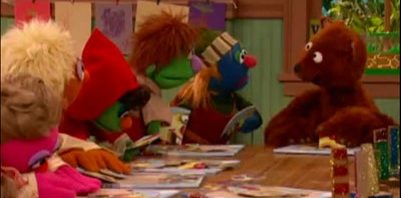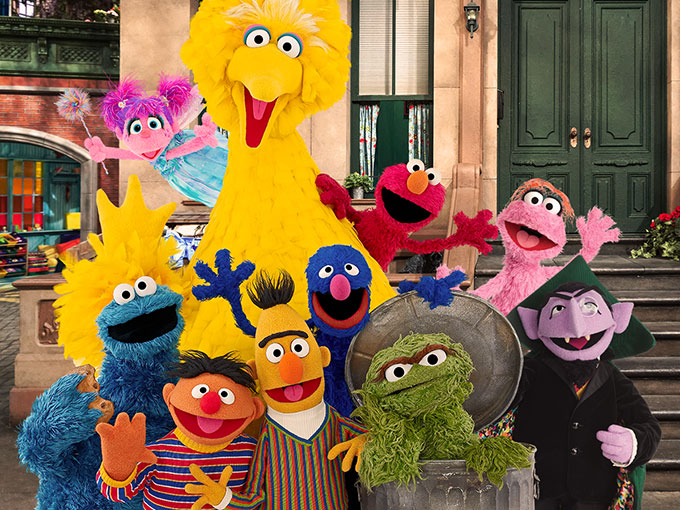 The first of four case study posts about my presentation for Western States Folklore Society’s Annual Meeting in April 2018. Introduced here, the presentation was titled Princess and the Letter P: Fairy Tales and Edutainment in Preschool Television. The other case studies can be found here.
The first of four case study posts about my presentation for Western States Folklore Society’s Annual Meeting in April 2018. Introduced here, the presentation was titled Princess and the Letter P: Fairy Tales and Edutainment in Preschool Television. The other case studies can be found here.
Sesame Street started in 1969 as one of the most groundbreaking shows in preschool television, originating the form of the pedagogical, publicly funded children’s show. The creators of Sesame Street had everything from a “pedagogical master plan,” to a team of educators, child psychologists, researchers and focus groups. The original goal is to help make up for the gap in the education inner city kids have access to and to prepare them for kindergarten and first grade1.
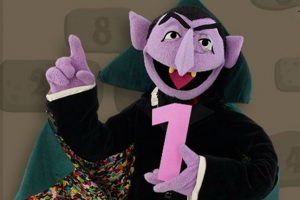
Each episode is “sponsored” by a letter and a number, and after the plot of the episode, the second section is made up of short segments and songs that focus on the letter and number of the day, including the clearly folklore-adjacent segment with Count Von Count.
I must qualify that the ways that Sesame Street uses fairy tales vary greatly from episode to episode. The co-existence of fairy tale characters like Baby Bear with Sesame Street originals like Oscar the Grouch makes some episodes seem much more fairy-tale-ful than they actually are. An analysis of Sesame Street’s relationship with fairy tales could fill a book, but this specific case study focuses only on the edutainment factors in this episode.
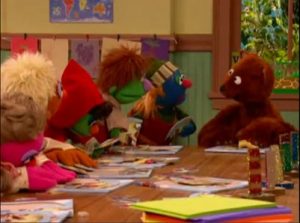
In “Baby Bear’s First Day of School,” Baby Bear attends the Story Book Community School and meets Hansel and Gretel, Jack and Jill, Little Red Riding Hood, Little Bo Peep, Peter Piper, and Mrs Goose.
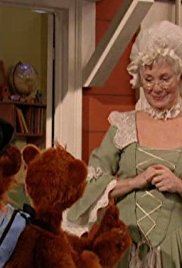 This segment uses fairy tales as the in-between entertainment value between the lessons that Baby Bear learns. Unusual for a normal episode, this plot part introduces the letter and number of the day as well as the “soft-skills” lesson. Baby Bear learns that it is okay for him to miss his parents when he is at school and that it is totally normal to feel a little bit sad. This lesson isn’t connected in any way with the familiar story of “Goldilocks and the Three Bears,” nor are any of the plot points of that story hit by this episode, (unlike the deconstruction of the story that happens in “Who’ll Replace the Big Bad Wolf”).
This segment uses fairy tales as the in-between entertainment value between the lessons that Baby Bear learns. Unusual for a normal episode, this plot part introduces the letter and number of the day as well as the “soft-skills” lesson. Baby Bear learns that it is okay for him to miss his parents when he is at school and that it is totally normal to feel a little bit sad. This lesson isn’t connected in any way with the familiar story of “Goldilocks and the Three Bears,” nor are any of the plot points of that story hit by this episode, (unlike the deconstruction of the story that happens in “Who’ll Replace the Big Bad Wolf”).
The fairy tale characters are used for little self-referential jokes throughout the episode. Jack trips and “breaks his crown.” Hansel and Gretel throw breadcrumbs around. All the students recognize “once upon a time” as the phrase that begins their respective stories. These jokes rely on the familiarity of fairy tales in order to make sense out-of-context, so Sesame Street assumes that the audience these jokes work for is already familiar with the stories.
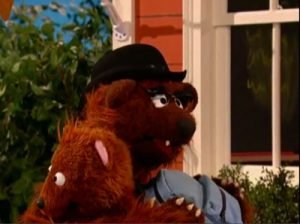
The familiarity factor of fairy tales is harnessed, but the historically didactic function of the fairy tale itself is swept aside, with the learning falling on the shoulders of a plot unrelated to fairy tales at all. The question remains, are there fairy tale shows that use fairy tales to teach the same lessons that the stories themselves teach? Or are preschool shows too caught up in their own educational agenda to bother with the subtleties of the themes of existing fairy tales? To answer this question, we will turn next week to the most straightforwardly teaching-, literacy-, and skill-focused show in this project: Super WHY!
